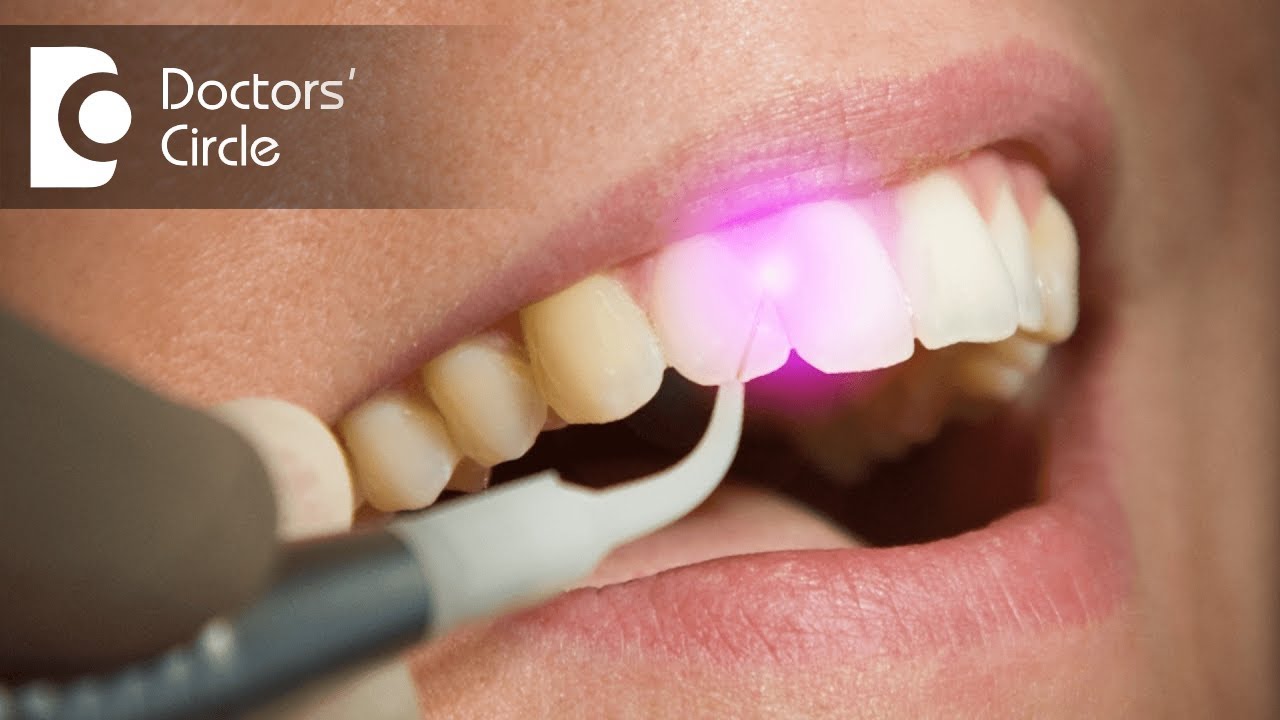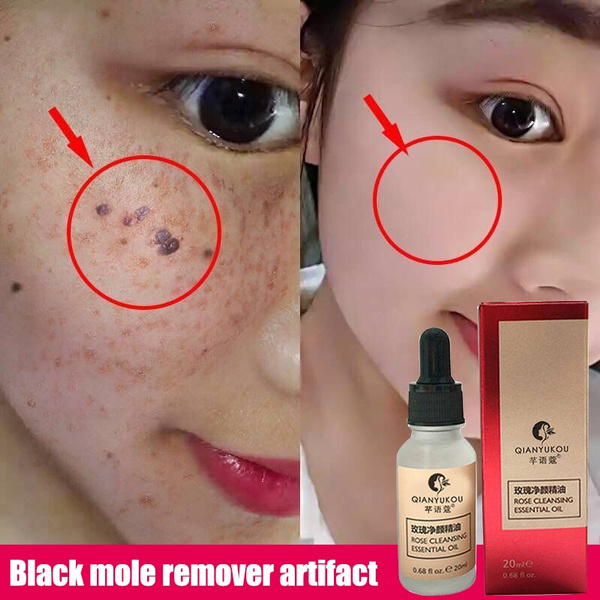Laser Gum Treatment: Reduce Pain And Inflammation

The advent of laser technology has revolutionized the field of dentistry, offering a myriad of innovative solutions for various oral health issues. One such groundbreaking application is the use of lasers in gum treatment, particularly for reducing pain and inflammation. This cutting-edge approach has gained significant attention in recent years due to its efficacy, precision, and patient comfort. Laser gum treatment, also known as laser periodontal therapy, leverages the unique properties of laser energy to target and eliminate harmful bacteria, reduce inflammation, and promote healing in the gums.
Understanding Gum Disease
Before delving into the specifics of laser gum treatment, it’s essential to comprehend the basics of gum disease. Gum disease, or periodontal disease, is a chronic bacterial infection of the gums and bone that support the teeth. It begins with the accumulation of plaque, a sticky film of bacteria, on the teeth. If left untreated, plaque can lead to inflammation of the gums (gingivitis), which may progress to periodontitis, a more severe condition characterized by the destruction of the supporting bone and eventual tooth loss.
Traditional vs. Laser Treatment
Traditional gum disease treatments often involve scaling and root planing, which are mechanical procedures used to remove plaque, tartar, and bacteria from the teeth both above and below the gum line. While effective, these methods can be invasive and may cause discomfort or pain, especially in advanced cases. In contrast, laser gum treatment offers a more conservative and comfortable alternative. Lasers use a specific wavelength of light that targets and kills the bacteria causing the infection, reduces inflammation, and promotes the healing of the gums.
How Laser Gum Treatment Works
The process of laser gum treatment typically begins with an initial consultation to assess the extent of gum disease. The dentist will then use a laser device, which emits a concentrated beam of light, to remove the diseased tissue and kill the bacteria. The precision of the laser allows for the preservation of healthy tissue, minimizing trauma to the gums and reducing the risk of infection. After the procedure, the dentist may provide guidance on proper oral hygiene practices to prevent the recurrence of gum disease.
Benefits of Laser Gum Treatment
- Minimally Invasive: Laser gum treatment is less invasive compared to traditional surgical methods, leading to less discomfort and trauma to the gums.
- Reduced Bleeding and Swelling: The precision of the laser reduces bleeding and swelling, making the recovery period more comfortable for patients.
- Targeted Bacterial Removal: Lasers can specifically target and eliminate the bacteria causing the infection, promoting a healthier environment for the gums to heal.
- Faster Recovery: Patients often experience faster recovery times and can quickly return to their daily activities.
- Less Anxiety: The minimally invasive nature and reduced discomfort associated with laser gum treatment can help alleviate dental anxiety.
Advanced Laser Technologies
The field of laser dentistry is continuously evolving, with new technologies and techniques being introduced. Some of the advanced laser systems used in gum treatment include diode lasers, Nd:YAG lasers, and erbium lasers, each with its unique characteristics and applications. These technologies offer improved precision, efficiency, and patient comfort, further enhancing the effectiveness of laser gum treatment.
Integrating Laser Treatment with Traditional Methods
While laser gum treatment offers numerous advantages, it is often used in conjunction with traditional methods to achieve the best possible outcomes. A comprehensive treatment plan may include laser therapy to reduce bacterial loads and inflammation, followed by scaling and root planing to thoroughly clean the teeth and gums. This integrated approach allows dentists to tailor treatment to the specific needs of each patient, combining the benefits of both worlds to achieve optimal results.
Conclusion
Laser gum treatment represents a significant leap forward in the management of gum disease, offering a more comfortable, precise, and effective alternative to traditional methods. By understanding the potential of laser technology in dentistry and its applications in reducing pain and inflammation, patients can make informed decisions about their oral health care. As with any dental treatment, it’s crucial to consult with a qualified dentist to discuss the suitability of laser gum treatment for individual cases and to explore the various options available for achieving and maintaining a healthy, beautiful smile.
What are the primary benefits of laser gum treatment over traditional methods?
+The primary benefits include being minimally invasive, reducing bleeding and swelling, targeting bacterial removal, offering faster recovery, and inducing less anxiety in patients.
How does laser gum treatment promote healing in the gums?
+Laser gum treatment promotes healing by eliminating the bacteria causing the infection, reducing inflammation, and creating an environment conducive to the regeneration of healthy gum tissue.
Is laser gum treatment suitable for all stages of gum disease?
+Laser gum treatment can be effective for various stages of gum disease, from mild gingivitis to more advanced periodontitis. However, the suitability and specific approach may vary depending on the individual case and the dentist’s professional assessment.
What are the common types of lasers used in gum treatment?
+Common types include diode lasers, Nd:YAG lasers, and erbium lasers, each selected based on the specific requirements of the treatment and the dentist’s expertise.
Does laser gum treatment require special post-procedure care?
+Yes, patients are typically advised to follow a specific oral hygiene routine, avoid certain foods, and attend follow-up appointments to ensure the treatment’s success and the overall health of the gums and teeth.

